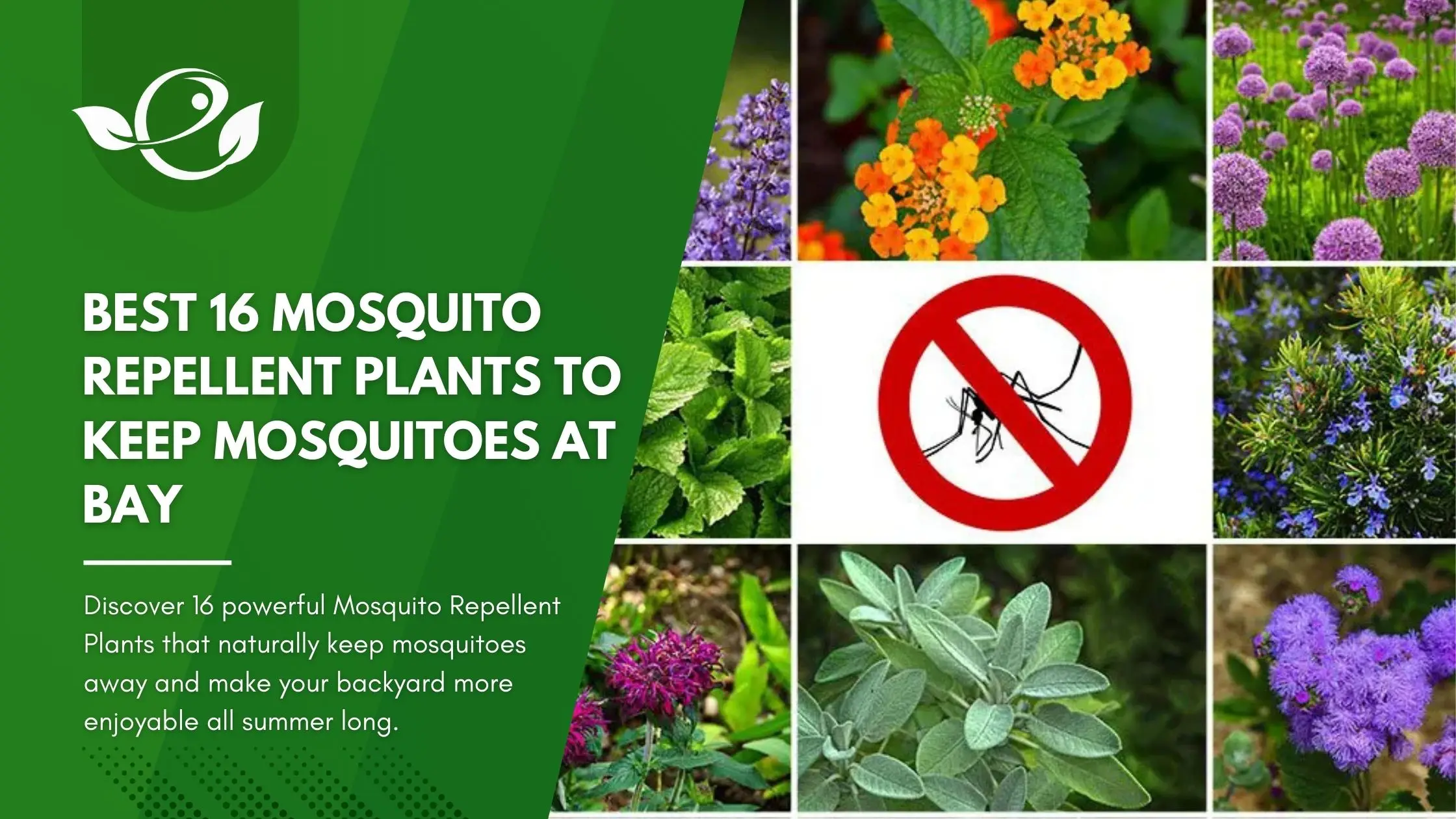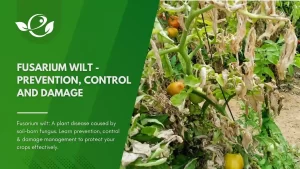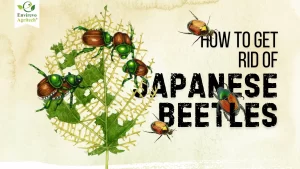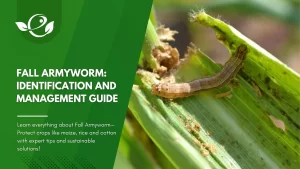Table of Contents
Imagine settling into your favorite outdoor chair, a cool drink in hand, and—nothing. No whine, no bites, no frantic swatting. With the right mosquito repellent plants, you can turn that dream into reality. In this in‑depth guide, we’ll explore the science, the strategy, and the best botanical allies to keep mosquitoes at bay—all while beautifying your backyard and supporting pollinators.
Why Choose Mosquito Repellent Plants?
- Health & Environment: Ditch the chemical sprays and candles: plant‑based repellents are non‑toxic and eco‑friendly.
- Dual‑Purpose Beauty: Many Mosquito repellent plants boast vibrant blooms, aromatic foliage, and season‑long interest.
- Pollinator Power: Herbs like bee balm, fennel, and lavender attract bees, butterflies, and beneficial insects—so you’re helping the ecosystem while you protect your patio.

Top Mosquito Repellent Plants by Category
Herbaceous Mosquito Repellent Plants
1. Lavender (Lavandula spp.)
Lavender is often the first plant gardeners turn to for its fragrant blooms and proven mosquito‑repelling properties. Its silvery foliage and purple flower spikes not only add classic Mediterranean charm but also release essential oils that mask human scents and interfere with mosquito olfactory receptors.
- USDA Hardiness Zones: 5–11
- Plant Type: Perennial shrub
- Mature Size: 1–3 ft tall, 1–2 ft wide
- Soil: Very well‑drained, sandy or gravelly
- Light: Full sun
- Bloom Time: Summer to fall
- Lavender is toxic to dogs and cats.
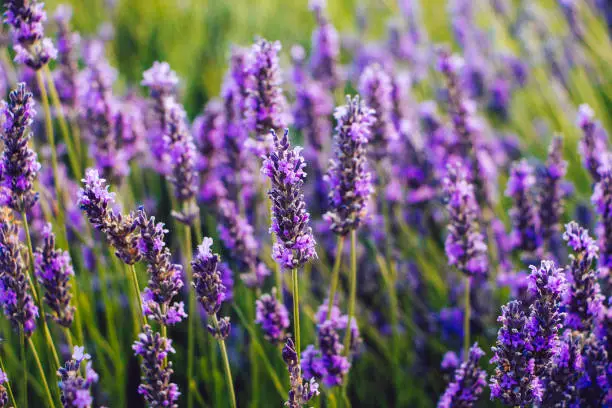
2. Basil (Ocimum basilicum)
Basil is more than a kitchen staple—its fragrant foliage contains potent compounds that both repel adult mosquitoes and inhibit larval development. Incorporating basil into your garden gives you fresh herbs for cooking and a living barrier against biting insects.
- USDA Hardiness Zones: Grown as an annual
- Plant Type: Annual herb
- Mature Size: 18–24 in tall and wide
- Soil: Slightly rich, moist but well‑drained
- Light: Full sun to partial shade
- Bloom Time: Summer to frost
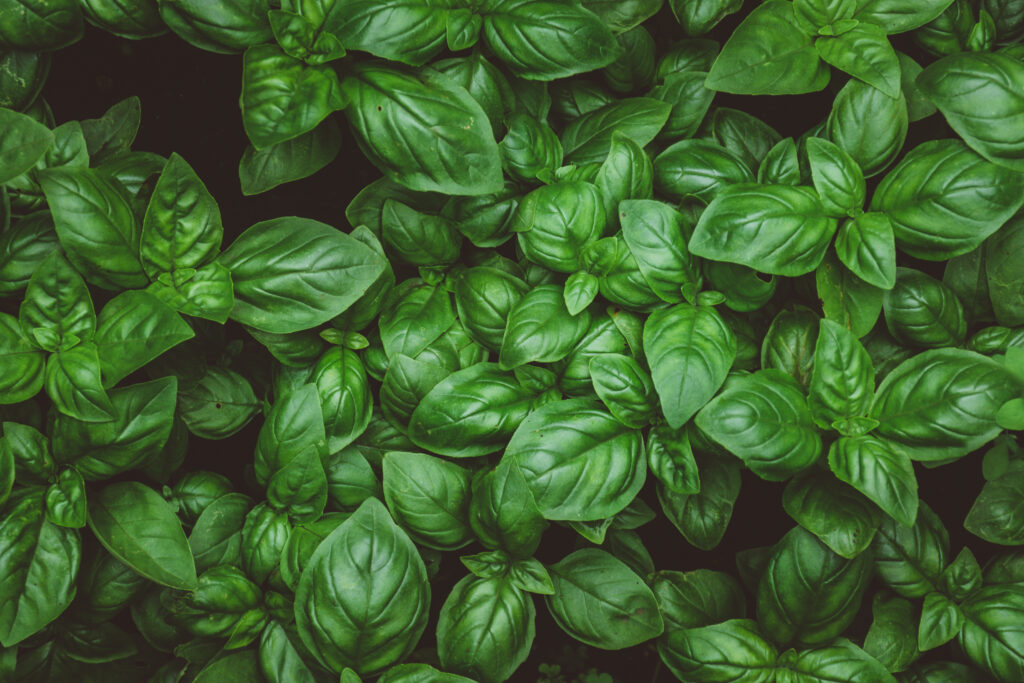
3. Rosemary (Salvia rosmarinus)
Rosemary (Salvia rosmarinus) is a versatile, evergreen shrub cherished not only for its culinary uses and ornamental appeal but also for its potential to deter mosquitoes. Its needle-like leaves exude a strong, woody fragrance that is believed to mask scents that attract mosquitoes, thereby reducing their presence in outdoor spaces.
- USDA Hardiness Zones: 7–10
- Plant Type: Perennial woody herb
- Mature Size: 3–6 ft tall, 2–4 ft wide
- Soil: Well‑drained, lean to moderately fertile
- Light: Full sun
- Bloom Time: Late winter to spring (small blue‑white flowers)

4. Catmint / Catnip (Nepeta cataria)
Catnip (Nepeta cataria), a member of the mint family, is renowned for its dual role as both a feline attractant and a potent natural mosquito repellent. The plant’s efficacy in deterring mosquitoes is primarily attributed to its essential oil, nepetalactone, which has been found to be significantly more effective than DEET in repelling these pests.
- USDA Hardiness Zones: 3–9
- Plant Type: Herbaceous perennial
- Mature Size: 1–3 ft tall and wide
- Soil: Well‑drained, average fertility
- Light: Full sun to partial shade
- Bloom Time: Early summer to fall

5. Mint (Mentha spp.)
Mint encompasses a diverse group of aromatic herbs known for their vigorous growth and distinctive fragrance. Beyond their culinary and medicinal applications, certain mint species, notably peppermint (Mentha piperita) and cornmint (Mentha arvensis), have demonstrated efficacy in repelling mosquitoes and acting as natural insecticides.
- USDA Hardiness Zones: 3–8
- Plant Type: Herbaceous perennial (spreading)
- Mature Size: 1–2 ft tall, 2–3 ft wide (varies by species)
- Soil: Moist, rich, well‑drained
- Light: Full sun to partial shade
- Bloom Time: Summer
- Mint is toxic to animals.

6. Sage (Salvia officinalis)
The aromatic foliage of sage contains essential oils that are believed to have insect-repelling properties. While scientific studies specifically quantifying sage’s efficacy as a mosquito repellent are limited, traditional practices suggest that burning sage leaves can help deter mosquitoes in outdoor settings. The smoke produced by burning sage bundles is thought to mask scents that attract mosquitoes, thereby reducing their presence. However, it’s important to note that relying solely on sage for mosquito control may not provide complete protection, and it is advisable to use it in conjunction with other mosquito deterrent methods.
- USDA Hardiness Zones: 5–8
- Plant Type: Semi‑woody perennial
- Mature Size: 2–2.5 ft tall, 2–3 ft wide
- Soil: Loamy to sandy, very well‑drained
- Light: Full sun
- Bloom Time: Late spring to early summer (spikes of blue‑purple flowers)
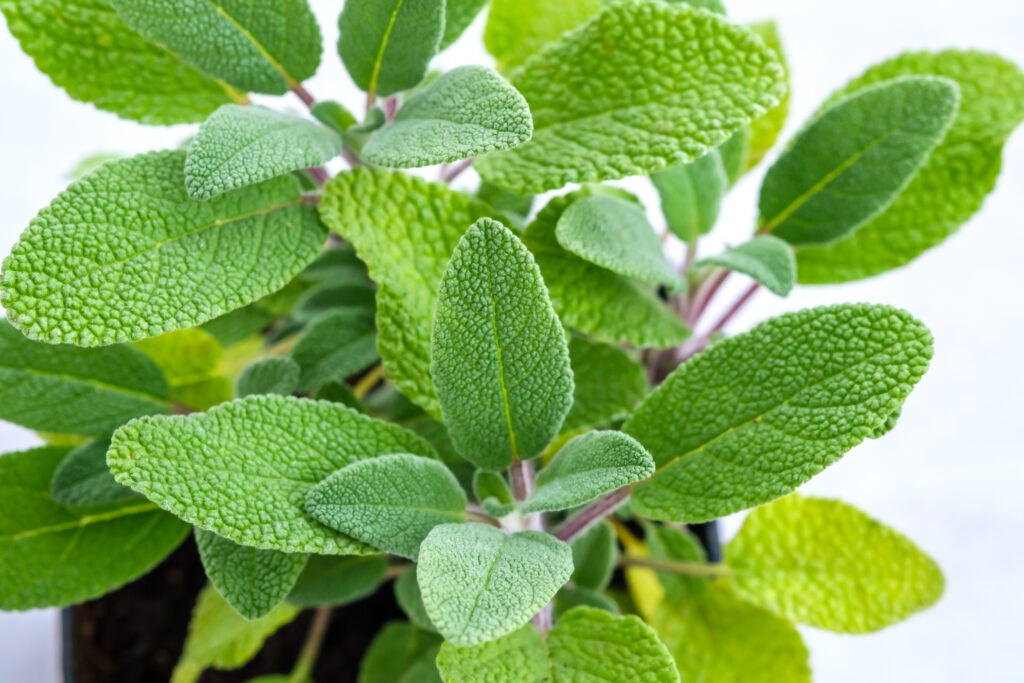
7. Oregano (Origanum vulgare)
The essential oils in oregano, particularly carvacrol and thymol, have demonstrated insect-repelling and insecticidal properties. Studies indicate that oregano essential oil exhibits significant repellency against various insect pests. For instance, a study found that a 40% oregano essential oil formulation provided 100% repellency against bed bugs at intervals of 3, 5, 9, and 24 hours post-application, outperforming a commercial insect repellent containing 33% DEET. Additionally, research has shown that oregano essential oil and its major component, carvacrol, possess larvicidal activity against mosquito larvae, suggesting potential for mosquito control.
- USDA Zones: 4–8
- Plant Type: Herbaceous perennial
- Mature Size: 1–3 ft tall, 1–2 ft wide
- Soil: Dry to medium, well‑drained
- Light: Full sun
- Bloom Time: July to October

8. Thyme (Thymus spp.)
Thyme encompasses a diverse genus of aromatic perennial herbs within the mint family (Lamiaceae), renowned for their culinary, medicinal, and ornamental applications. The essential oils in thyme, particularly thymol and carvacrol, are known for their insecticidal and repellent properties. Crushing the leaves or walking on the plants releases these oils, which can help deter mosquitoes in the surrounding area.
- USDA Zones: 5–9
- Plant Type: Perennial groundcover
- Mature Size: 6–12 in tall and wide
- Soil: Loamy or sandy, well‑drained
- Light: Full sun
- Bloom Time: Late spring to early summer
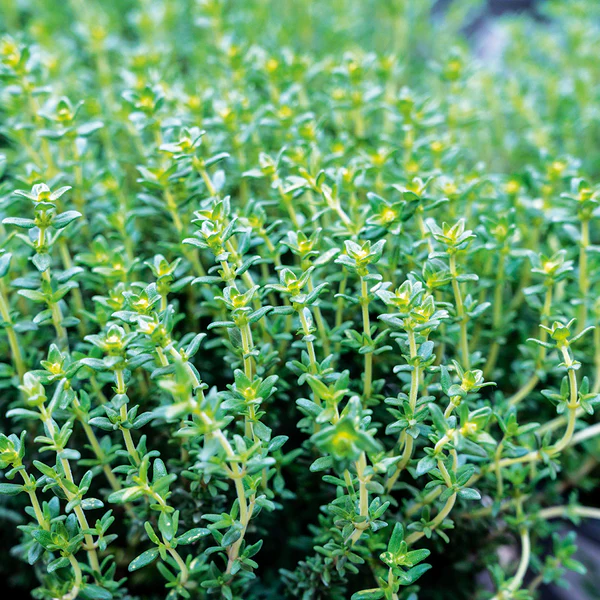
9. Pennyroyal (Mentha pulegium)
Pennyroyal—also called European pennyroyal, mosquito plant, or pudding grass—is a potent, low‑growing member of the mint family traditionally used to ward off mosquitoes, fleas, and other biting insects. Its efficacy stems from the high concentration of the monoterpene pulegone in its leaves, which disrupts mosquito olfaction and acts as a mild insecticide. However, pulegone is hepatotoxic in concentrated form, so only the fresh or dried foliage should be used for repellent purposes, and ingestion (especially of the essential oil) must be strictly avoided.
- USDA Zones: 6–9
- Plant Type: Herbaceous perennial (groundcover)
- Mature Size: 6–12 in tall, 3–6 ft wide
- Soil: Moist, well‑drained
- Light: Full sun to partial shade
- Bloom Time: Summer
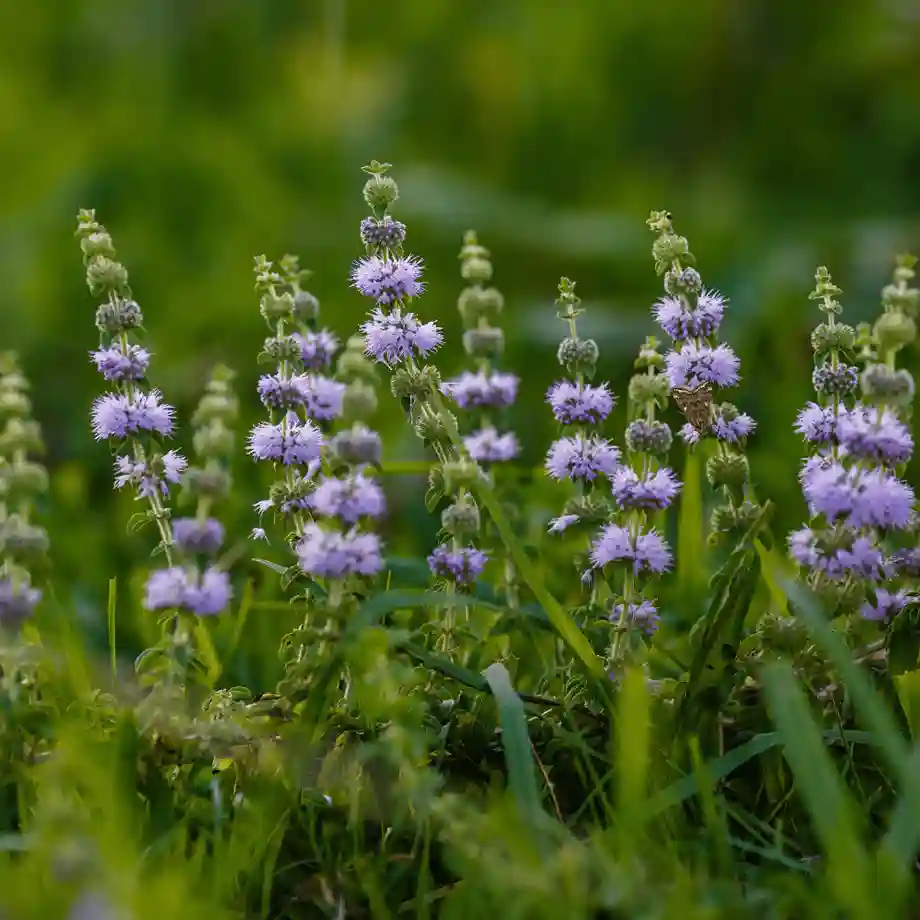
Flowering Mosquito Repellent Plants
10. Marigold (Tagetes spp.)
Marigolds are among the most popular annuals in home gardens—and for good reason. Their bright, cheery blooms not only add vibrant color from late spring through frost but also produce natural insecticidal compounds that deter mosquitoes, nematodes, and a host of other pests. When planted en masse around patios, entryways, or garden beds, marigolds release a steady stream of pyrethrins and thiophenes into the air, These natural esters act on insect nervous systems, causing rapid “knock‑down” effects in mosquitoes and other arthropods.
- USDA Hardiness Zones: 2–11
- Plant Type: Annual
- Mature Size: 6 in–3 ft tall, 6 in–2 ft wide (varies by species)
- Soil: Well‑drained, moderately fertile
- Light: Full sun
- Bloom Time: Late spring until first frost
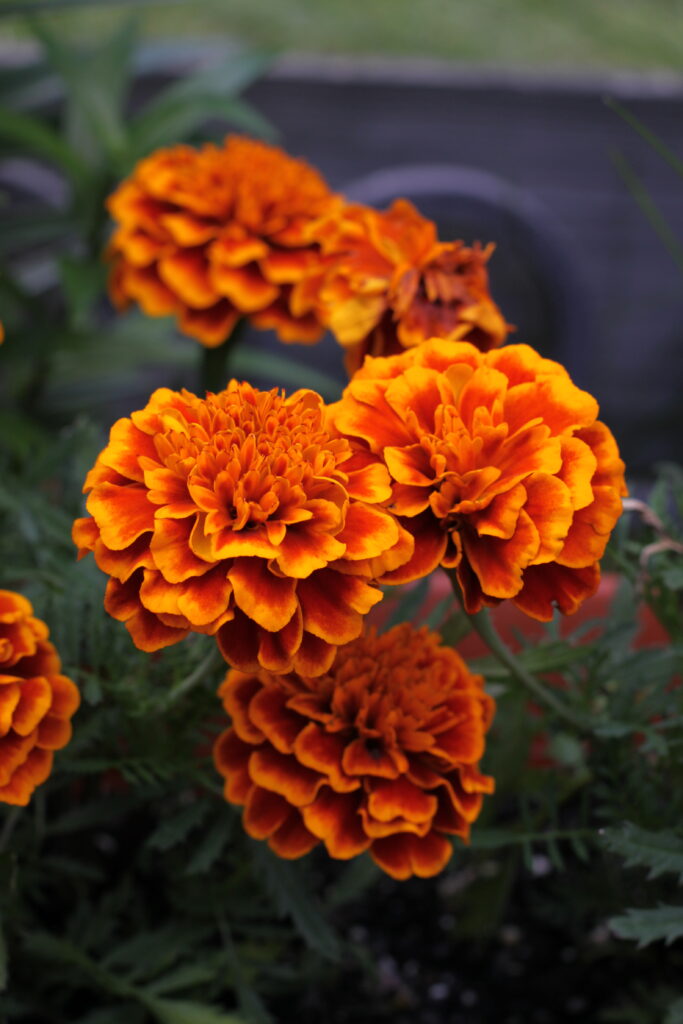
11. Calendula (Calendula officinalis)
Calendula—commonly called pot marigold, English marigold, or Scotch marigold—is a cheerful, easy‑care flower prized for its vibrant blooms and multifunctional garden uses. Beyond its culinary and medicinal applications, calendula also helps deter mosquitoes and other pests, making it an ideal choice for creating a fragrant, pest‑reducing barrier around patios and seating areas.
- USDA Zones: 4–10
- Plant Type: Cool‑season annual (or perennial in mild climates)
- Mature Size: 1–2 ft tall and wide
- Soil: Well‑drained, average to fertile
- Light: Full sun to part shade
- Bloom Time: Late spring to fall
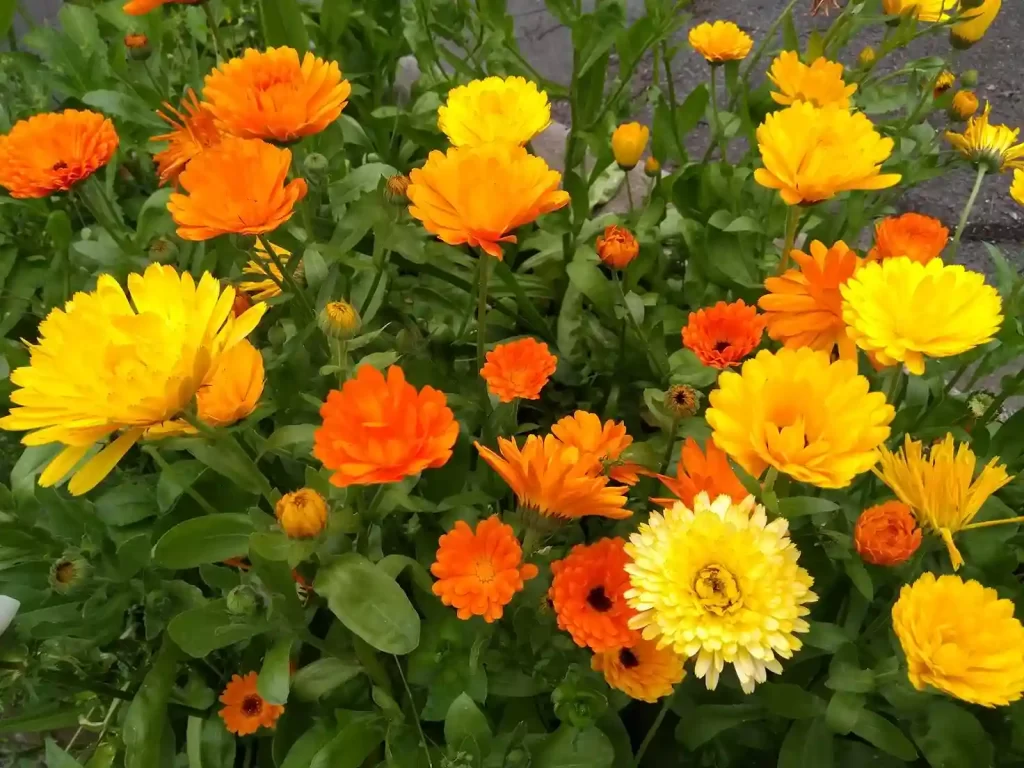
12. Chrysanthemum (Mums) (Chrysanthemum morifolium)
Chrysanthemums—often simply called “mums”—are iconic fall flowers whose blooms contain natural pyrethrin compounds, long used as botanical insecticides. When planted around patios or interspersed in garden beds, mums release these compounds into the air and soil, disrupting mosquito nervous systems and deterring biting activity.
- USDA Zones: 3–9
- Plant Type: Perennial/annual mum
- Mature Size: 2–4 ft tall, 2–3 ft wide
- Soil: Nutrient‑rich, well‑drained
- Light: Full sun to partial shade
- Bloom Time: Fall

13. Scented Geranium (Pelargonium spp.)
Scented geraniums—often marketed as “mosquito plants” or “citronella geraniums”—are tender perennials prized for their fragrant foliage and attractive blooms. While research on their standalone efficacy against mosquitoes is mixed, their crushed leaf oils contain compounds that can mask human scent and provide short‑term repellent effects when used in close proximity to seating areas.
- USDA Zones: 10–11 (annual elsewhere)
- Plant Type: Perennial in warm climates
- Mature Size: 1–3 ft tall, 1–2 ft wide
- Soil: Loamy, well‑drained
- Light: Full sun to partial shade
- Bloom Time: Spring to fall

14. Bee Balm (Monarda spp.)
Bee balm, also known as bergamot or horsemint, is a showy, aromatic perennial in the mint family prized for its vibrant flower clusters and potent essential oils. Native to North America, it forms dense clumps of square stems and toothed, lance‑shaped leaves. When these leaves or blooms are crushed, they release a complex blend of monoterpenes—including thymol, carvacrol, geraniol, p‑cymene, γ‑terpinene, and α‑terpinene—that mask human scent and irritate mosquito sensory receptors, significantly reducing biting activity and even demonstrating larvicidal effects against Aedes aegypti larvae in laboratory tests
- USDA Hardiness Zones: 4–8
- Plant Type: Perennial
- Mature Size: 2–4 ft tall, 2–3 ft wide
- Soil: Moist, well‑drained, rich in organic matter
- Light: Full sun to part shade
- Bloom Time: Mid to late summer
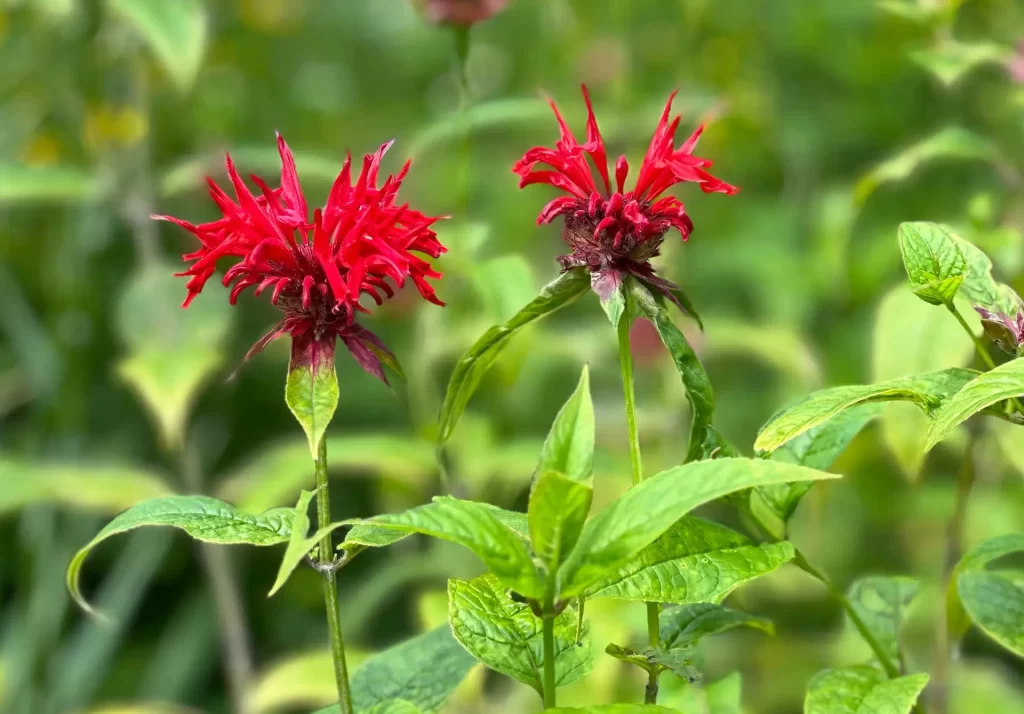
15. Lantana (Lantana camara)
Lantana is a heat‑loving flowering shrub valued for its profuse, multicolored blooms and natural mosquito‑repellent properties. Whether massed as a living hedge, trailing from containers, or planted in borders, lantana creates a fragrant barrier that both beautifies your garden and helps keep mosquitoes at bay.
- USDA Zones: 7–11
- Plant Type: Perennial shrub (tender in cold)
- Mature Size: 1–6 ft tall, 3–5 ft wide
- Soil: Neutral pH, well‑drained
- Light: Full sun
- Bloom Time: Spring through fall
- Lantana may be toxic to humans and pets.
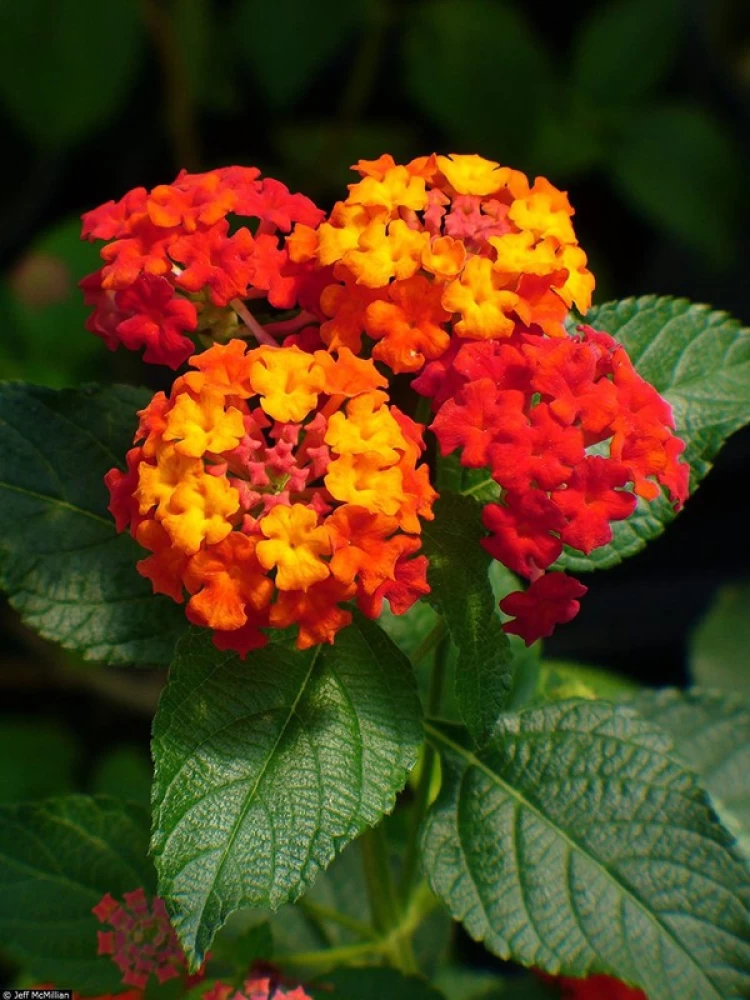
16. Floss Flower (Ageratum houstonianum)
Its coumarin content gives off a sweet, hay‑like scent that mosquitoes dislike. Floss flower is an easy‑care annual prized for its fluffy, pom‑pom blooms and surprisingly potent mosquito‑repellent foliage. The plant’s leaves contain coumarin, a fragrant compound that mosquitoes find unappealing, making it a dual‑purpose bedding and border annual that keeps pests at bay while brightening summer landscapes.
- USDA Hardiness Zones: Grown as an annual
- Plant Type: Annual
- Mature Size: 6–36 in tall, 6–18 in wide
- Soil: Moist but well‑drained
- Light: Full sun to partial shade
- Bloom Time: Spring through hard frost
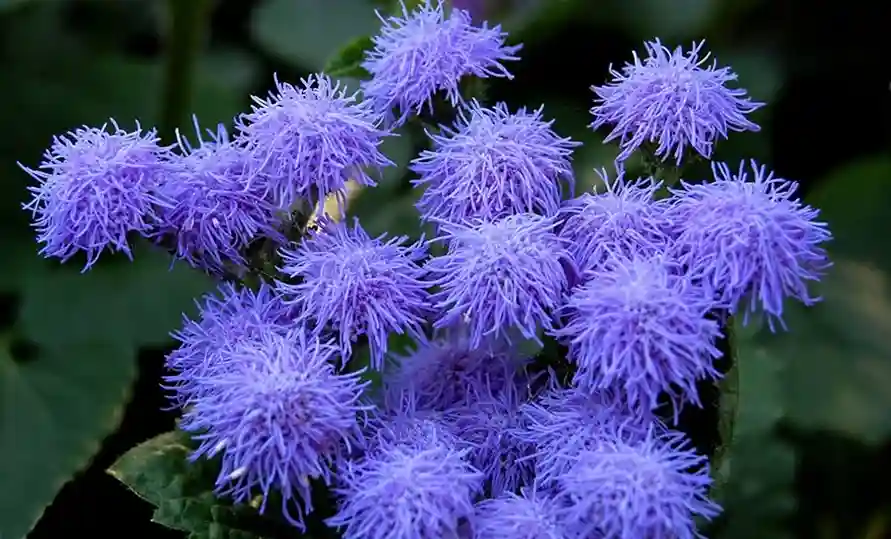
17. Nasturtium (Tropaeolum majus)
Nasturtiums—also known as Indian cress or garden nasturtium—are vibrant annuals prized for their edible, peppery leaves and flowers. Beyond their culinary charm, nasturtiums release mustard‑oil compounds that help mask human scents and discourage mosquitoes from settling nearby.
- USDA Zones: 2–11
- Plant Type: Annual (perennial in zones 9–11)
- Mature Size: 1–10 ft tall (varies), 1–3 ft spread
- Soil: Medium, well‑drained
- Light: Full sun
- Bloom Time: May to September
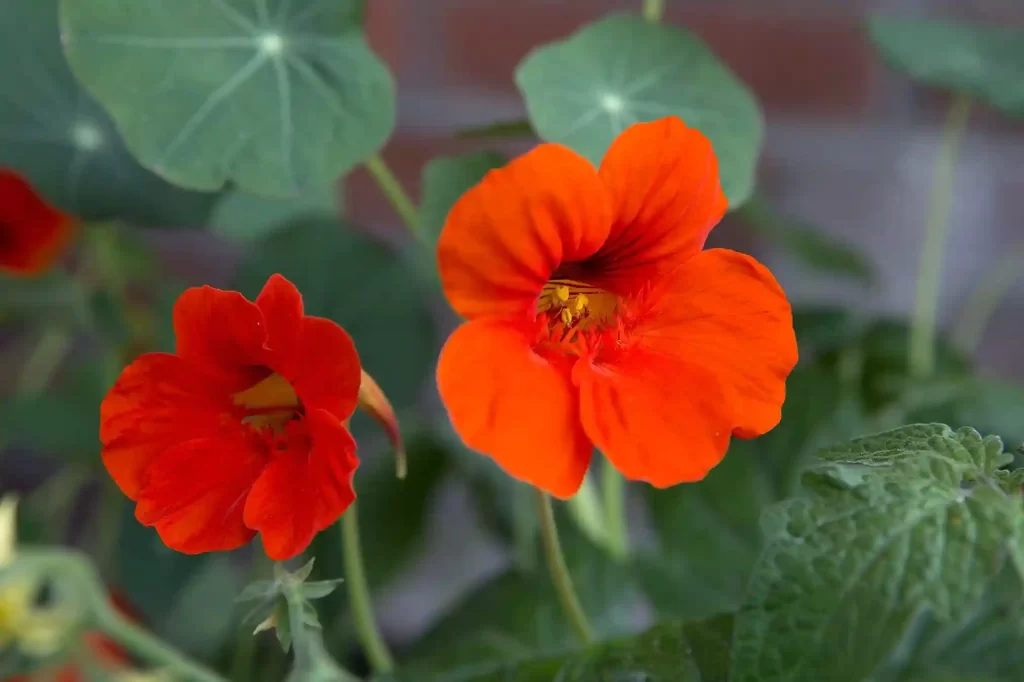
18. Lemon Verbena (Aloysia citriodora)
Lemon Verbena stands out among the best Mosquito Repellent Plants due to its intensely fragrant lemon-scented leaves. This deciduous perennial shrub not only adds beauty and texture to gardens but also serves as a natural mosquito deterrent. The strong citrus aroma it releases when the leaves are brushed or crushed confuses and repels mosquitoes, making it a practical addition to patios, decks, and garden seating areas.
- USDA Zones: 8–10
- Plant Type: Tender woody shrub
- Mature Size: 2–4 ft tall and wide
- Soil: Well‑drained
- Light: Full sun
- Bloom Time: Summer (small white blooms)
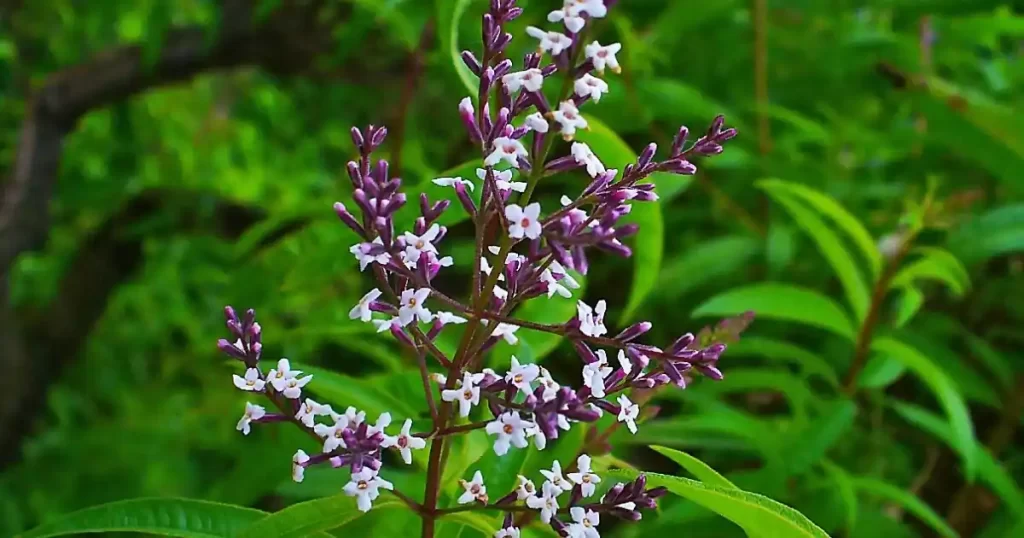
Grassy & Shrubby Mosquito Repellent Plants
19. Citronella Grass (Cymbopogon spp.)
Citronella grass is the botanical source of citronellal‑rich essential oils found in many commercial mosquito‑repellent products. When grown as a living barrier, its fragrant foliage can help mask human scents—especially when brushed or crushed—creating a localized deterrent effect.
- USDA Hardiness Zones: 9–11 (often grown as annual in cooler zones)
- Plant Type: Perennial grass (treated as annual in cold climates)
- Mature Size: 3–6 ft tall and wide
- Soil: Moist, well‑drained
- Light: Full sun
- Bloom Time: Late summer (insignificant flowers)
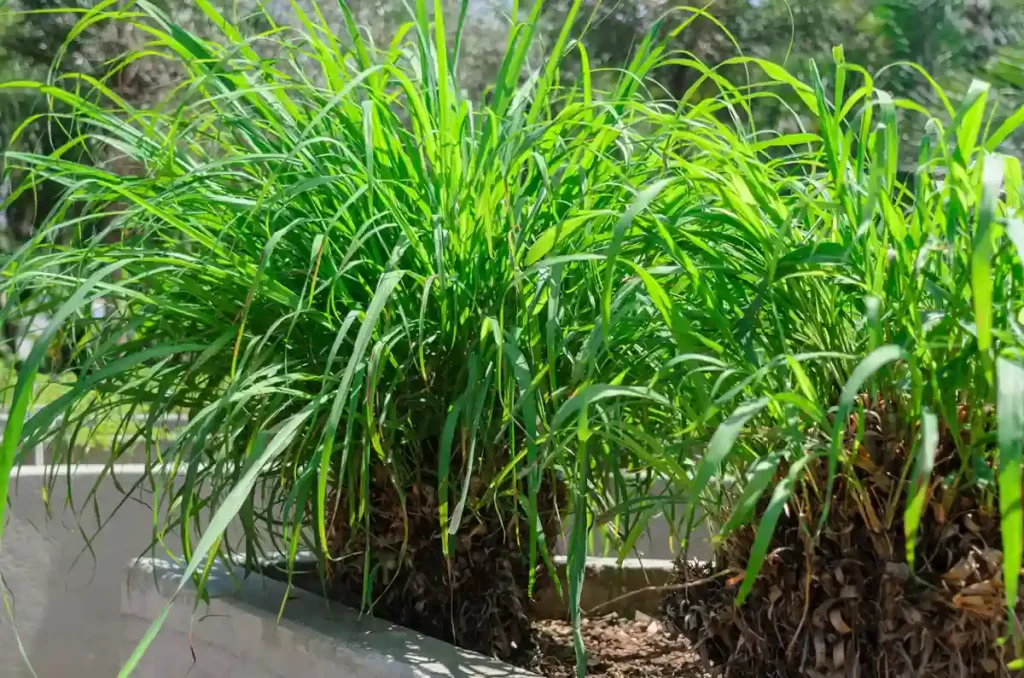
20. Lemongrass (Cymbopogon citratus)
The essential oils extracted from lemongrass contain compounds such as citronellal, which are known for their insect-repelling capabilities. Studies have shown that lemongrass oil is effective against mosquitoes and house flies. While the live plant offers some deterrent effect, the concentration of repellent compounds is significantly higher in the extracted oils. Therefore, for enhanced mosquito control, it’s common to use lemongrass essential oil in sprays or diffusers.
- USDA Zones: 10–11 (annual elsewhere)
- Plant Type: Perennial grass
- Mature Size: 2–4 ft tall and wide
- Soil: Rich, loamy, well‑drained
- Light: Full sun
- Bloom Time: Summer (insignificant blooms)
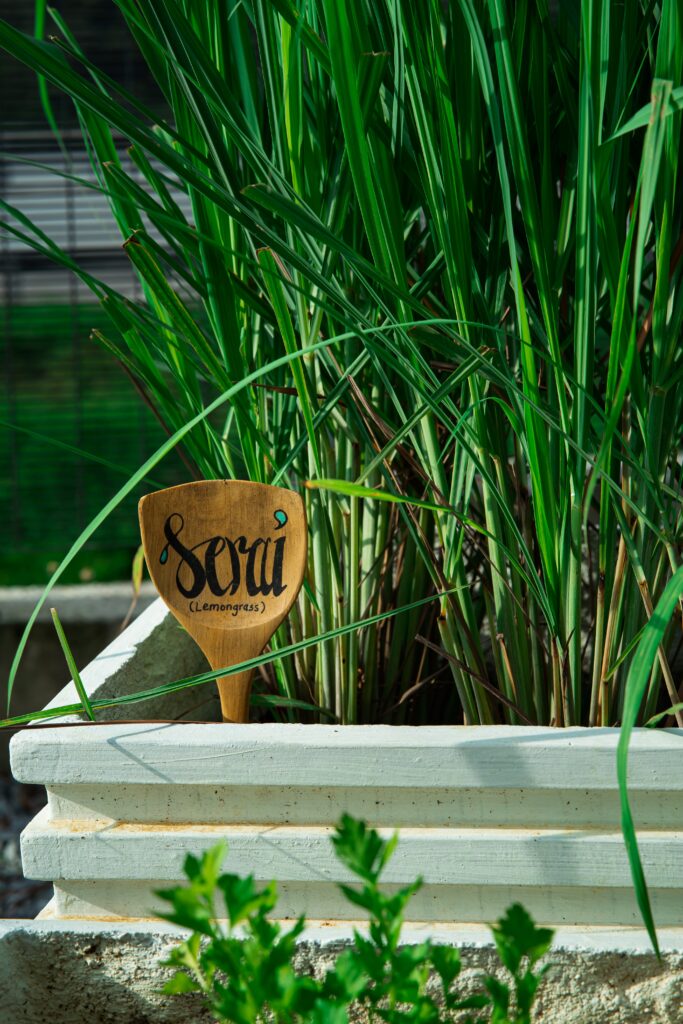
21. American Beautyberry (Callicarpa americana)
Historically, farmers crushed the leaves of the American beautyberry and placed them under horse harnesses and around themselves to deter mosquitoes and other biting insects. Modern research has identified compounds such as callicarpenal and intermedeol in the leaves, which exhibit mosquito-repellent properties.
- USDA Zones: 6–10
- Plant Type: Deciduous shrub
- Mature Size: 3–6 ft tall and wide
- Soil: Loamy to clay, moist, well‑drained
- Light: Full sun to partial shade
- Bloom Time: Late spring (tiny white flowers), fruit in fall
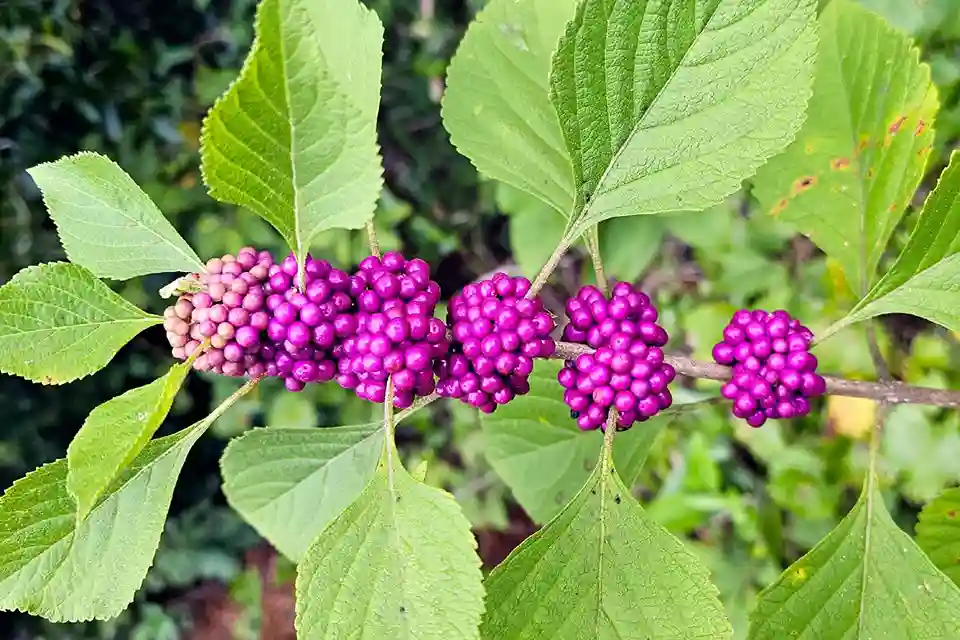
22. Wormwood (Artemisia spp.)
The insect-repelling qualities of wormwood are primarily due to its potent aromatic compounds, including terpenoids and lactones. The strong scent of the foliage is known to deter mosquitoes and other insects. In some cultures, dried wormwood leaves are burned to produce smoke that repels mosquitoes, a practice observed among certain communities in southern China.
- USDA Zones: 3–8
- Plant Type: Herbaceous perennial
- Mature Size: 4–6 ft tall, 3–4 ft wide
- Soil: Well‑drained, poor to average
- Light: Full sun
- Bloom Time: Summer (insignificant blooms)
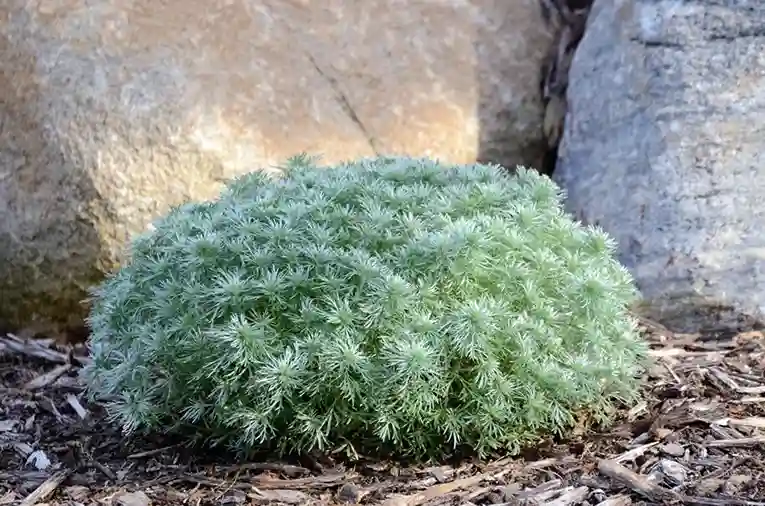
Bonus & Bulbous Mosquito Repellent Plants
23. Mosquito Plant (Agastache cana)
Traditionally, the aromatic leaves of Agastache cana have been used as a natural mosquito repellent. Crushing the leaves releases fragrant oils that, when applied to the skin, are believed to deter mosquitoes. However, it’s important to note that scientific studies confirming the efficacy of this practice are limited. Therefore, while the plant’s scent may offer some level of deterrence, it should not be relied upon as the sole method of mosquito protection.
- USDA Zones: 5–9
- Plant Type: Herbaceous perennial
- Mature Size: 1.5–3 ft tall, 1–2 ft wide
- Soil: Dry to medium, well‑drained
- Light: Full sun to part shade
- Bloom Time: June to July
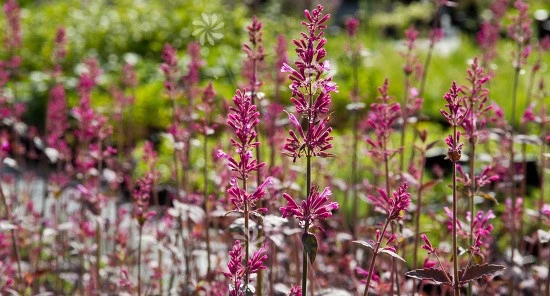
24. Alliums (Allium spp.)
The efficacy of alliums in deterring mosquitoes and other pests is primarily attributed to their rich content of sulfur compounds. When the tissues of these plants are disturbed—through crushing or chopping—they release compounds like allicin, which emit strong odors that mosquitoes find unappealing. This characteristic makes alliums effective as natural repellents.
- USDA Hardiness Zones: 3–8 (varies by species)
- Plant Type: Bulbous perennial
- Mature Size: 1–4 ft tall, 1–2 ft wide
- Soil: Well‑drained, average fertility
- Light: Full sun
- Bloom Time: Late spring to early summer
- These plants can be toxic to humans and pets.
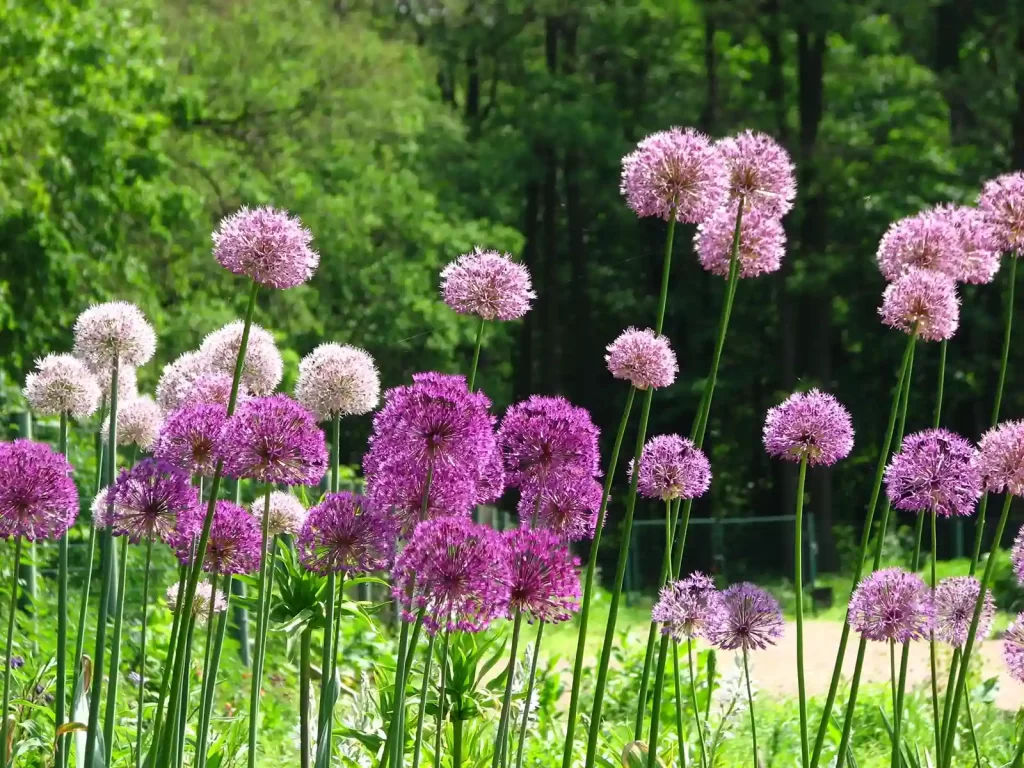
25. Tansy (Tanacetum vulgare)
Tansy contains an essential oil rich in thujone, a compound known for its insecticidal and repellent properties. Historically, tansy has been utilized to deter mosquitoes and other pests. For instance, a mixture of tansy oil with oils of fleabane and pennyroyal, diluted with alcohol, has been used as a mosquito repellent. Additionally, research indicates that β-thujone can modify the behavior of insects, contributing to its effectiveness as a repellent.
- USDA Zones: 3–8
- Plant Type: Herbaceous perennial
- Mature Size: 2–5 ft tall, 1–1.5 ft wide
- Soil: Well‑drained
- Light: Full sun to partial shade
- Bloom Time: Summer

Conclusion
Imagine stepping into your backyard, greeted by the soothing scents of lavender, basil, and rosemary. Not only do these plants enhance your garden’s beauty, but they also serve as natural allies in reducing mosquito nuisances. While their presence alone isn’t a foolproof barrier against bites, incorporating them thoughtfully—such as crushing leaves to release their essential oils—can bolster your defenses. Complement these botanical strategies with practical measures like eliminating standing water and using proven repellents. By harnessing the natural power of mosquito repellent plants, you’ll not only reduce bites but also create a fragrant, pollinator‑friendly haven.
